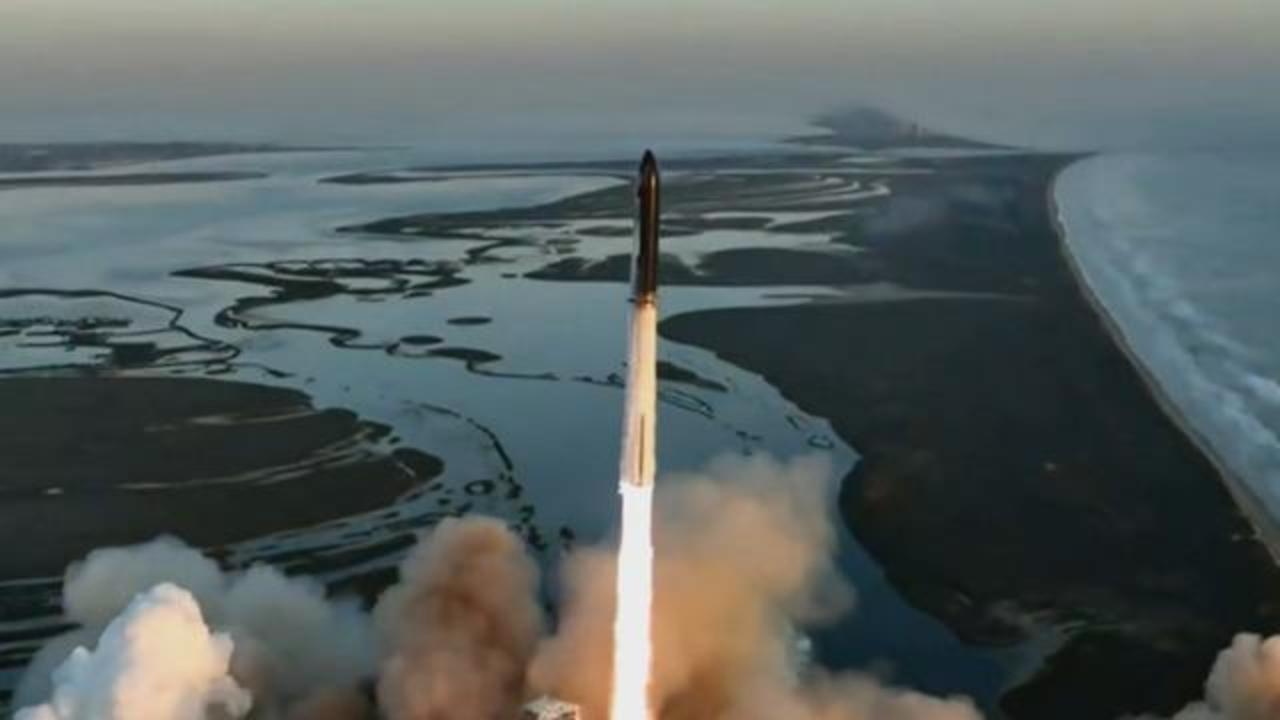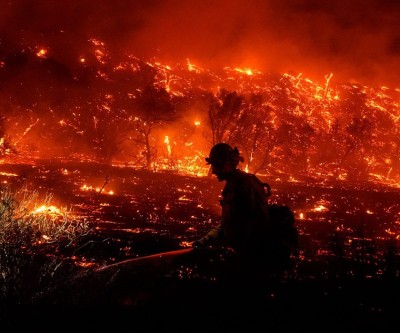Latest News
- Four years after Indigenous woman dies in Niagara Hospital, family still waiting for coroner's investigation
- Lawyer: British Columbia RCMP officer should be fired or resign immediately
- B.C. government looks to offer loan guarantees to property owners in Cowichan Aboriginal title area
- Uber driver's account in Toronto suddenly deactivated; only source of income cut off after 'duplicate account' claim
- TDSB education chief fired by provincial supervisor; sweeping changes at Canada's largest education board
Latest Ads
-
Jasmine Jewel
Call
-
Omidan group
Call
-
Amir Madanpour
Call
-
Dimo studio
Call
-
Yorkacademy
Call
-
Maryambagheri
Call
-
Shishlix Restaurant
Call

SpaceX's test launch failed
Minutes after SpaceX's massive Starship rocket launched into space on Saturday, its booster and spacecraft exploded violently.
Contact with the missile was suddenly lost after takeoff from South Texas. According to SpaceX officials, the rocket's self-destruct system likely caused it to explode over the Gulf of Mexico.
SpaceX's second test launch lasted about eight minutes, nearly twice as long as the company's first test in April, which also ended in an explosion.
At nearly 400 feet (121 meters) tall, Starship is the largest and most powerful rocket ever built and is intended to carry humans to the Moon and Mars.
SpaceX founder Elon Musk was watching the Starship launch from behind the controllers in Texas near the Mexican border, near Boca Chica Beach, when it happened.
After Saturday's launch, the Federal Aviation Administration said no injuries or public damage were reported and that an investigation was underway to determine what caused the explosion.
NASA is counting on Starship to land astronauts on the moon by the end of 2025 or shortly thereafter.
news source
Suggested Content
Latest Blog
Login first to rate.
Express your opinion
Login first to submit a comment.
No comments yet.


































